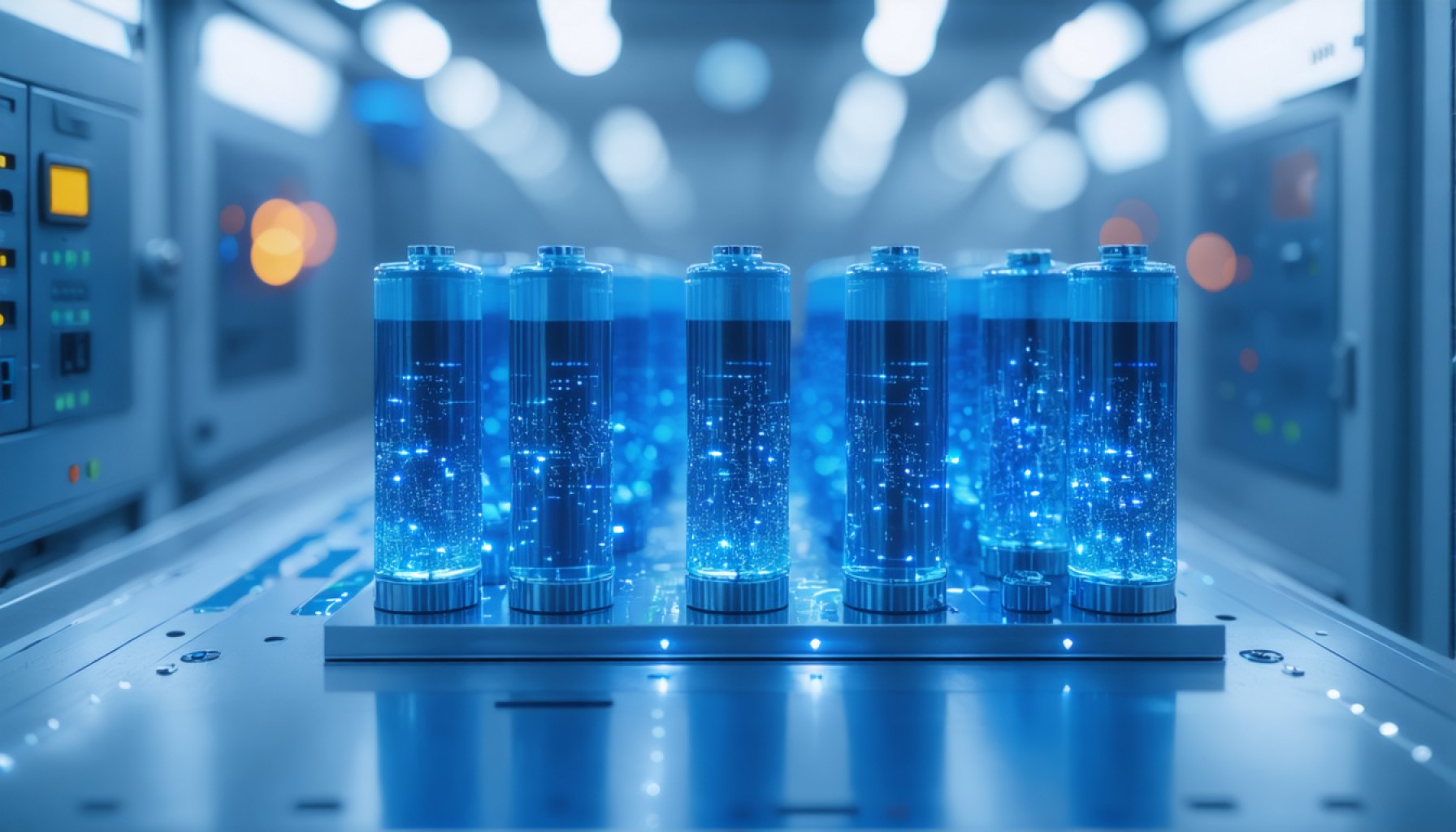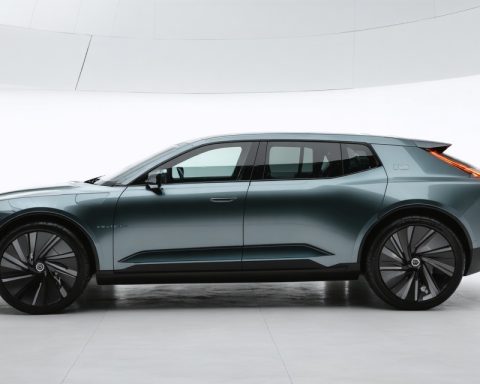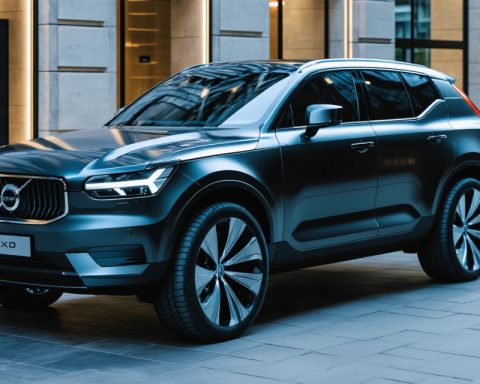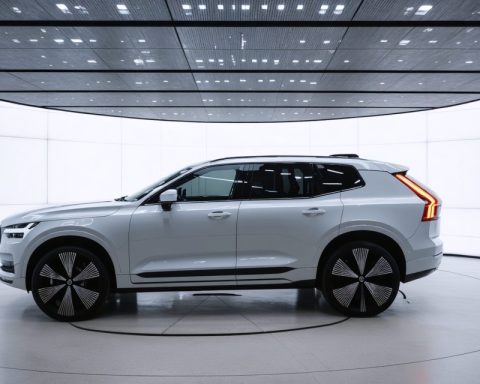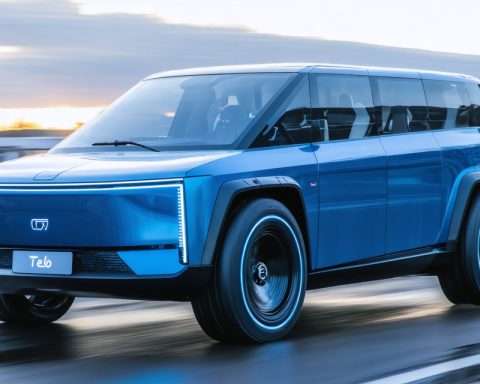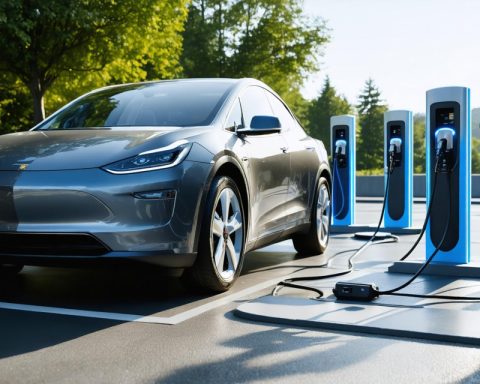- ION Storage Systems introduces a multi-layer ceramic solid-state battery (SSB) cell, promising safer, more powerful, and recyclable energy solutions.
- The new battery technology offers a 25-fold increase in capacity and can endure over 1,000 cycles, surpassing previous innovations.
- ION’s design is compression-free and anodeless, enhancing energy density while maintaining the inherent safety of ceramic materials.
- The batteries are cobalt-free and nickel-free, showcasing a commitment to sustainability and environmental stewardship.
- ION’s scalable and modular SSB cells are set to revolutionize industries, including consumer electronics, electric vehicles, and medical devices.
- CEO Jorge Diaz Schneider and CTO Dr. Greg Hitz emphasize the significance of transforming scientific challenges into engineering realities for the future of energy.
A quiet yet profound ripple has emerged from Beltsville, Maryland, where ION Storage Systems (ION) has made a game-changing leap forward in battery technology. The company has successfully rolled out its first multi-layer ceramic solid-state battery (SSB) cell on their semi-automated production lines. This innovation promises to upend the current battery market by delivering safer, more powerful, and fully recyclable energy solutions.
Imagine a future where your smartphone, car, and even medical devices can run longer without compromising on safety. ION’s advancement is not just another step toward that future—it’s a leap. The multi-layer SSB cells, now produced with a footprint of 40×40 mm, surmount previous technology with a staggering 25-fold capacity increase and durability beyond 1,000 cycles.
Gone are the cumbersome compression systems that weighed down previous battery technologies. Instead, ION has pioneered a compression-free, anodeless ceramic architecture. This innovation allows for a sleeker design that maximizes energy density without sacrificing the safety features inherent in ceramic materials. The breakthrough showcases a significant stride from single-layer lab prototypes to commercially viable, multi-layer cells, accomplished in a remarkably brief span of time.
Beyond the technical triumphs, what truly sets ION apart is their vision for sustainability. The company’s CEO, Jorge Diaz Schneider, triumphantly pointed out that this milestone is crucial not only for commercialization but for setting a new benchmark in eco-friendly battery solutions. ION’s patented design is cobalt-free and nickel-free, emphasizing a commitment to environmental stewardship.
Dr. Greg Hitz, ION’s CTO and co-founder, encapsulated the achievement by praising their team’s ability to transform scientific challenges into engineering realities. By streamlining the production process, they have crafted a battery that packs more power into a smaller, safer package. This radical efficiency not only meets but exceeds the growing market demand for advanced energy storage solutions.
Inside ION’s Beltsville facility, a symphony of semi-automated machinery hums, akin to that found in traditional lithium-ion production plants. Yet, it is here that the future of battery technology is being orchestrated. ION’s innovations herald a new era for industries—from consumer electronics to sophisticated medical devices—demanding robust and adaptable power solutions.
As electric vehicles, renewable technologies, and portable gadgets become ever more integral to daily life, ION Storage Systems’ ceramic SSB cells stand ready to electrify the future. With their scalable, modular structure, these batteries are poised to redefine how we think about energy—promising not just power, but power without compromise.
ION’s achievement is more than a technical accomplishment; it is a beacon guiding us toward a more sustainable world.
Revolutionizing Energy Storage: How ION Storage Systems is Leading the Charge
Introduction
ION Storage Systems has made a groundbreaking innovation in the realm of battery technology with the development of its multi-layer ceramic solid-state battery (SSB) cells. This advancement offers significant improvements in terms of safety, performance, and sustainability, positioning ION at the forefront of the battery industry.
Unpacking the Innovation: Compression-Free, Anodeless Design
One of the most remarkable features of ION’s new battery technology is its compression-free and anodeless ceramic architecture. This represents a significant departure from traditional battery designs and offers several key advantages:
– Enhanced Safety: Ceramic materials inherently improve safety due to their resistance to overheating and thermal runaway, a common issue in lithium-ion batteries.
– Increased Energy Density: The elimination of cumbersome compression systems allows for a sleeker design with more space for energy storage.
– Durability: ION’s multi-layer SSB cells can withstand over 1,000 charging cycles, greatly extending their life span compared to conventional batteries.
Real-World Use Cases and Industry Impact
– Consumer Electronics: Longer-lasting batteries could revolutionize the user experience in smartphones and laptops, reducing the need to frequently charge devices.
– Electric Vehicles (EVs): Safer, more efficient batteries could accelerate the shift to electric vehicles, addressing two critical consumer concerns: range and safety.
– Medical Devices: Reliable, high-capacity batteries are essential for medical devices where power failure is not an option.
Market Forecast and Industry Trends
The global solid-state battery market is projected to grow significantly over the next decade. According to a report by Allied Market Research, the market could reach $8.34 billion by 2027, driven by increasing demand across various sectors, including automotive and consumer electronics.
Comparisons: Solid-State vs. Lithium-Ion Batteries
Pros of Solid-State Batteries:
1. Safety: Reduced risk of fire due to the solid electrolyte.
2. Higher Energy Density: Allows for longer battery life and more efficient storage.
3. Environmental Impact: Can be more sustainable, especially when designed to be metal-free.
Cons of Solid-State Batteries:
1. Current Costs: Higher initial production costs compared to lithium-ion batteries.
2. Scalability: Mass production at competitive rates remains a challenge.
Controversies and Limitations
While solid-state batteries offer numerous advantages, the technology is not without its challenges. The primary hurdles include high production costs and limited manufacturing scalability. However, companies like ION Storage Systems are rapidly advancing toward more economical production processes.
Security and Sustainability
ION’s commitment to sustainability is evident in its cobalt-free and nickel-free battery design. These materials are traditionally challenging to mine and associated with environmental and ethical concerns.
Conclusion: Actionable Recommendations
– For Consumers: Keep an eye on product releases from ION Storage Systems, as their technology promises safer and more efficient power for personal devices.
– For Investors: With the solid-state battery market poised for expansion, consider investing in companies like ION that are leading the charge in battery innovation.
– For Tech Enthusiasts: Stay informed on the latest developments in solid-state technology, as advancements could affect everything from smartphones to electric cars.
For more insights into battery technology and sustainable innovations, visit ION Storage Systems or keep an eye on industry trend reports.
By understanding the intricacies of these advancements, you can be better prepared for the massive shifts in energy technology set to redefine the future very soon.
